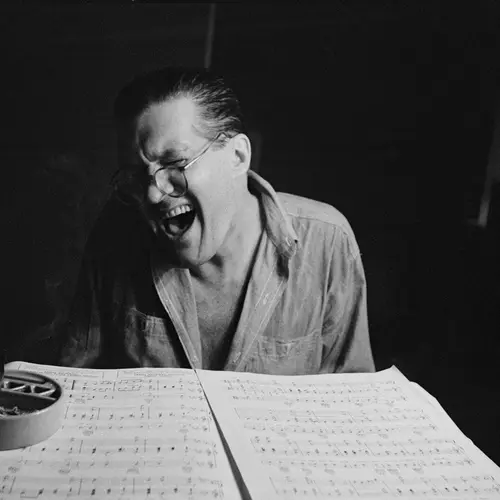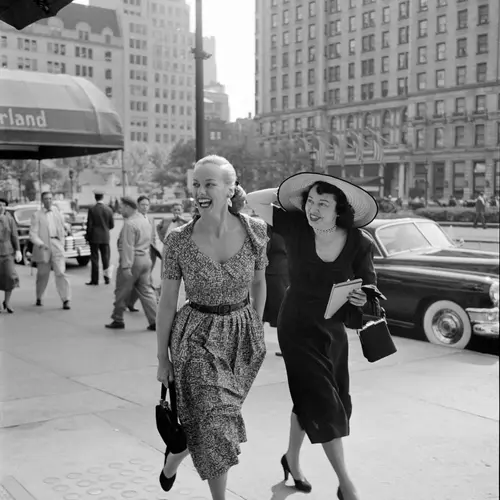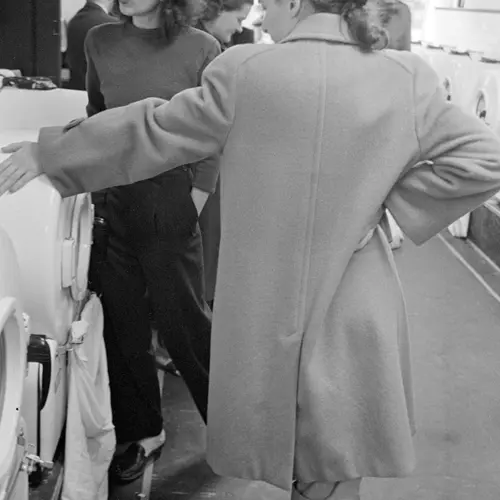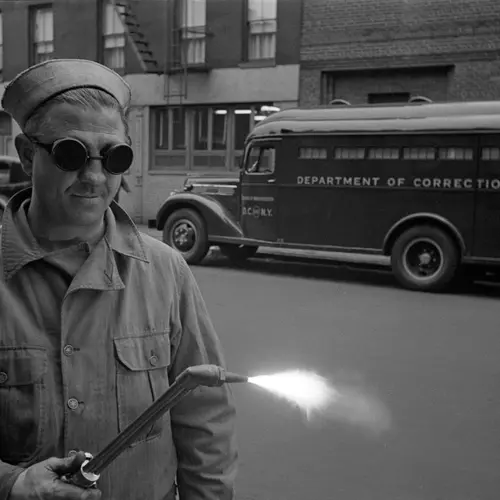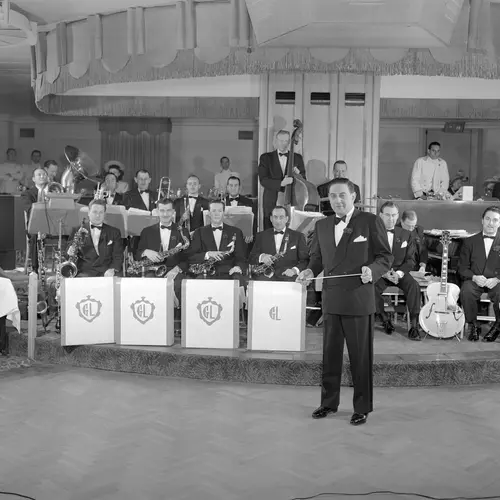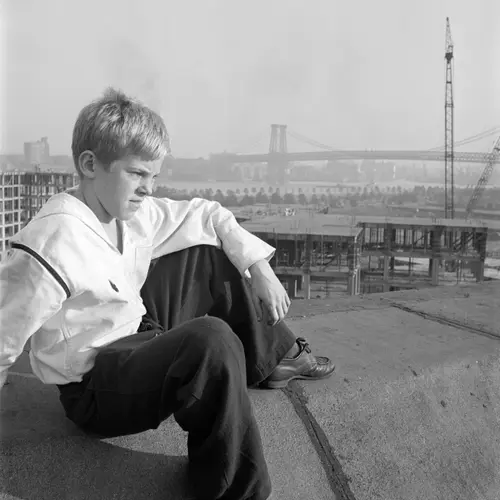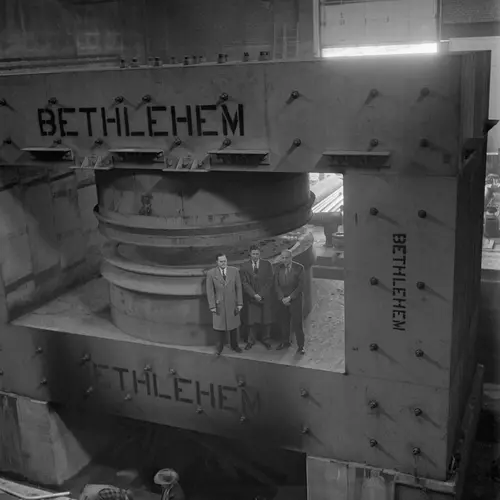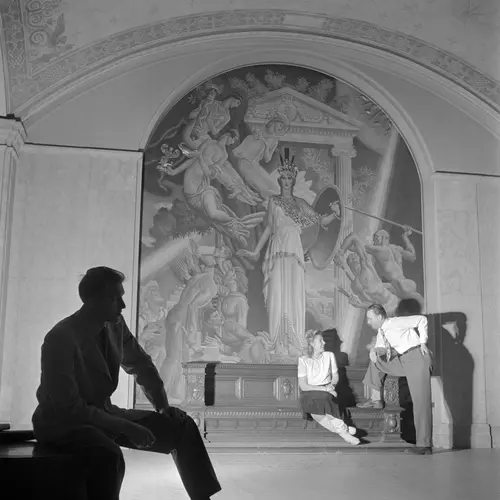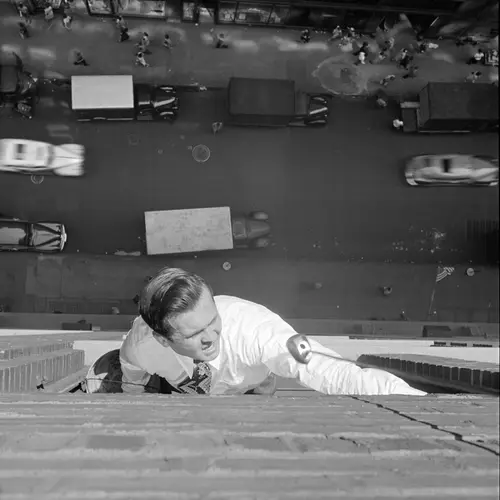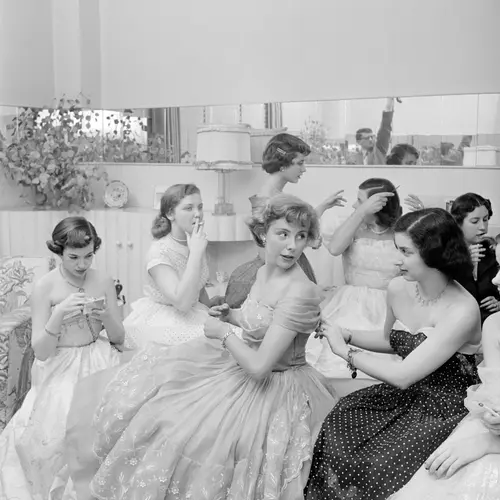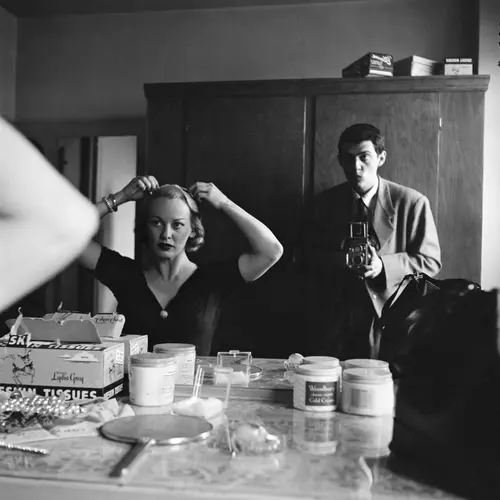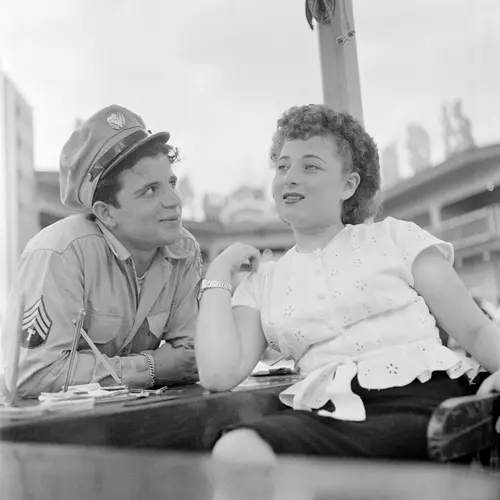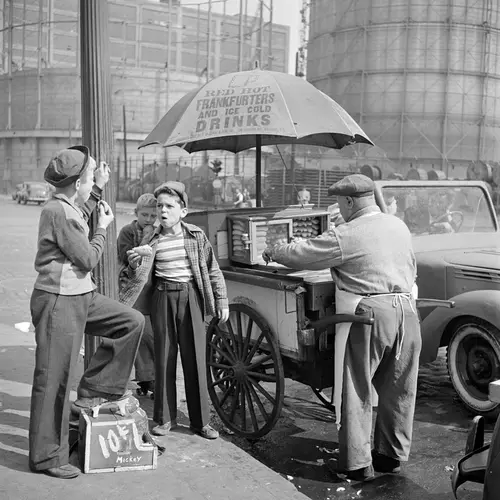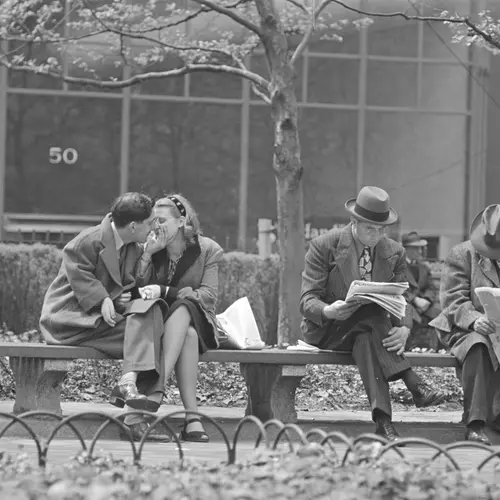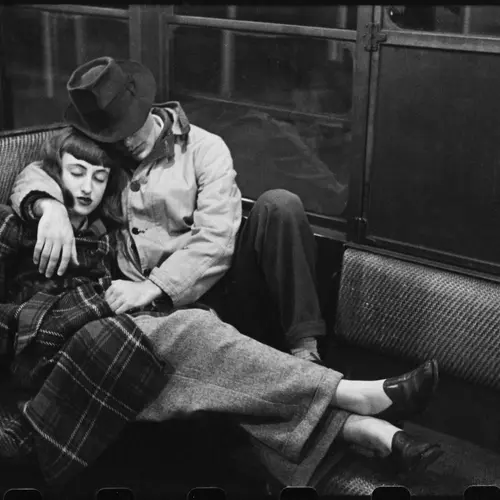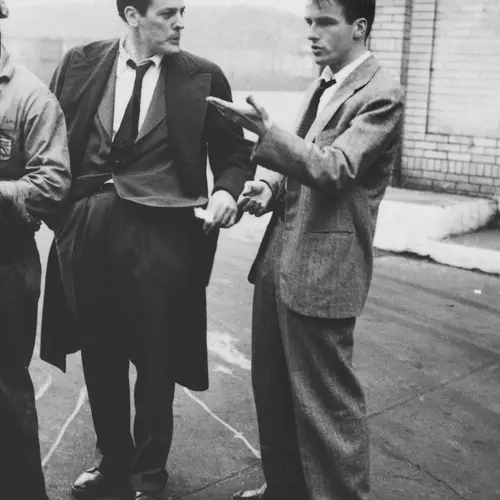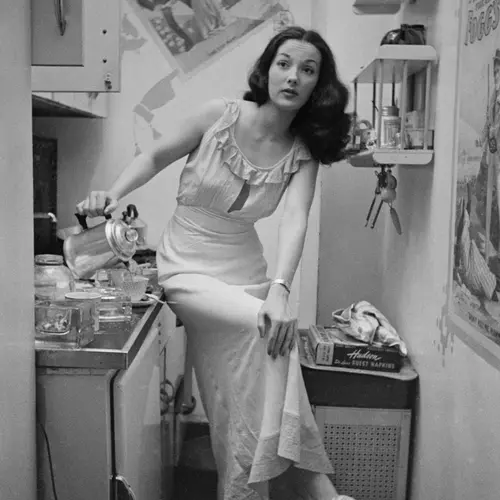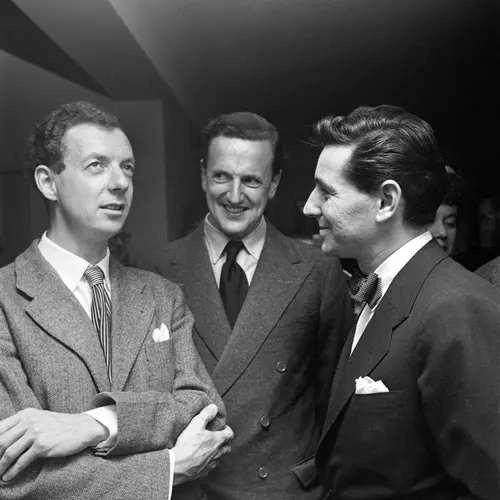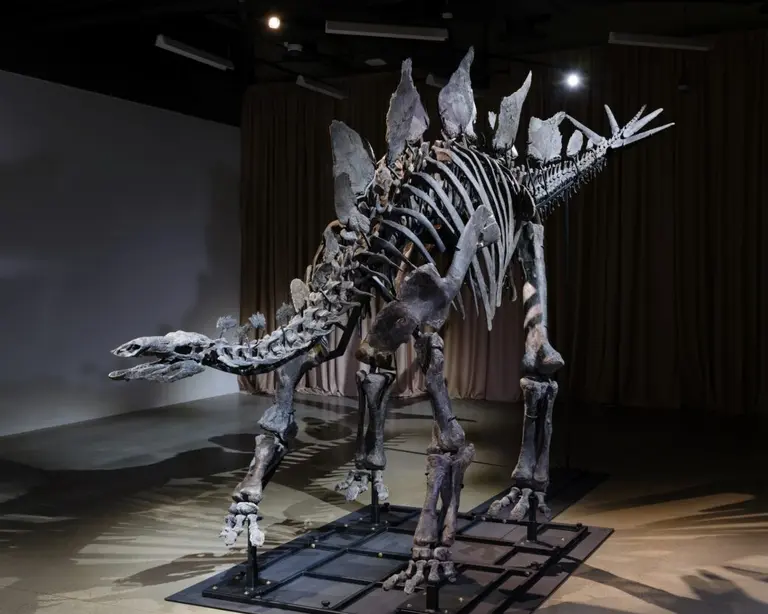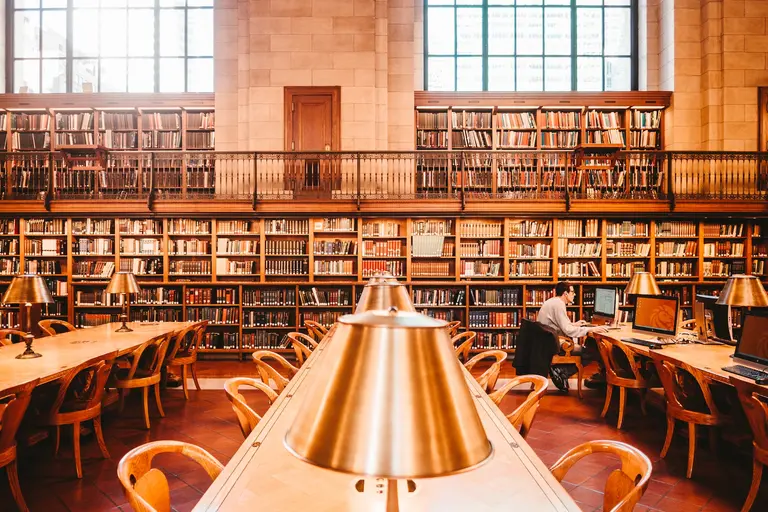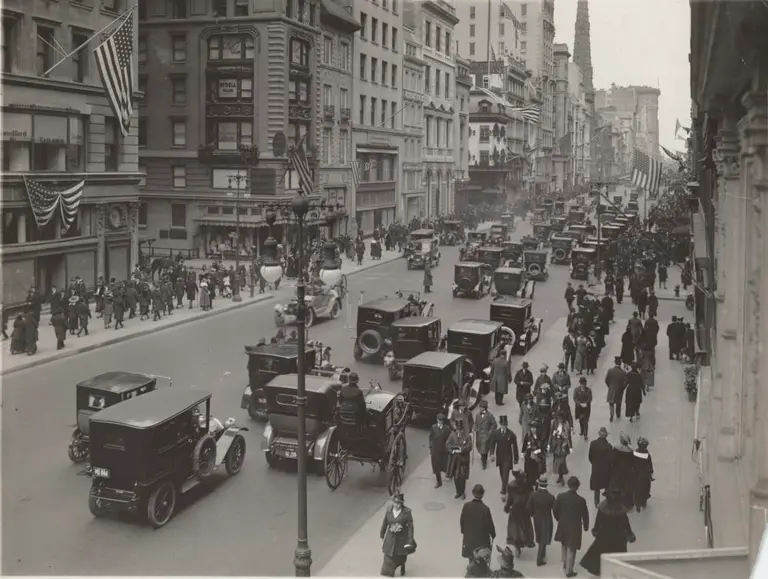The Urban Lens: How Stanley Kubrick’s early photography led to his iconic film career
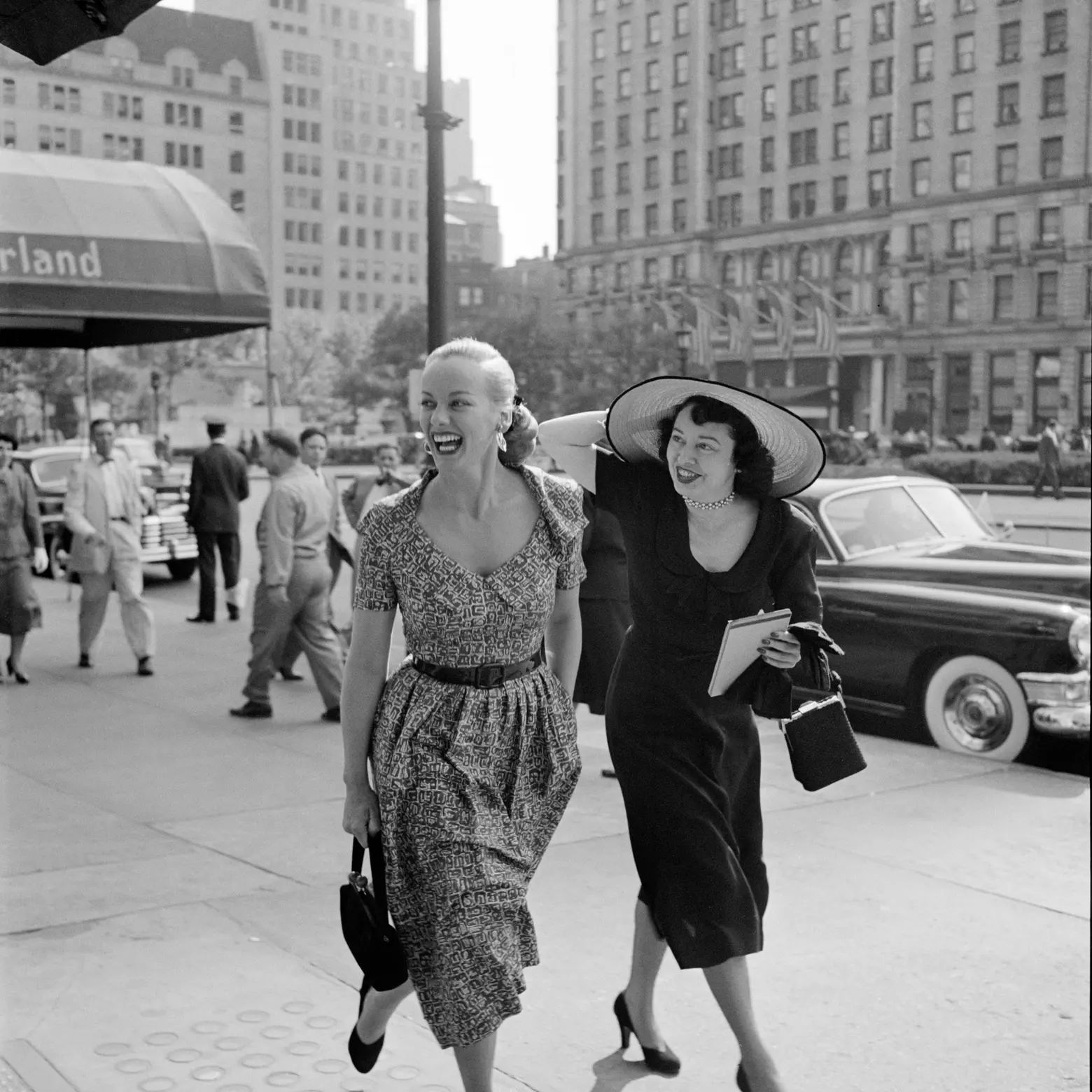
Stanley Kubrick, from “Faye Emerson: Young Lady in a Hurry,” 1950. © Museum of the City of New York/SK Film Archive, LLC
6sqft’s series The Urban Lens invites photographers to share work exploring a theme or a place within New York City. This week’s installment comes courtesy of a new exhibit at the Museum of the City of New York, “Through a Different Lens: Stanley Kubrick Photographs.” Are you a photographer who’d like to see your work featured on The Urban Lens? Get in touch with us at [email protected].
Before he directed films like “A Clockwork Orange,” “2001: A Space Odyssey,” and “Dr. Strangelove” Stanley Kubrick worked as a staff photographer at LOOK magazine, where he developed a knack at storytelling through street photography. Kubrick “found inspiration in New York’s characters and settings, sometimes glamorous, sometimes gritty,” all of which is the subject of a new exhibit at the Museum of the City of New York.
“Through a Different Lens: Stanley Kubrick Photographs,” tells the story of how a 17-year-old amateur photographer from the Bronx went on to become one of the most revered directors of the 20th century. The exhibit, on view from May 3rd through October, will display more than 120 photos taken between 1945 and 1950, during Kubrick’s time at LOOK, and examine the connections between his photography and film work. Ahead, the exhibit curators share with 6sqft a sneak preview of the photographs and discuss their experience working on the show.
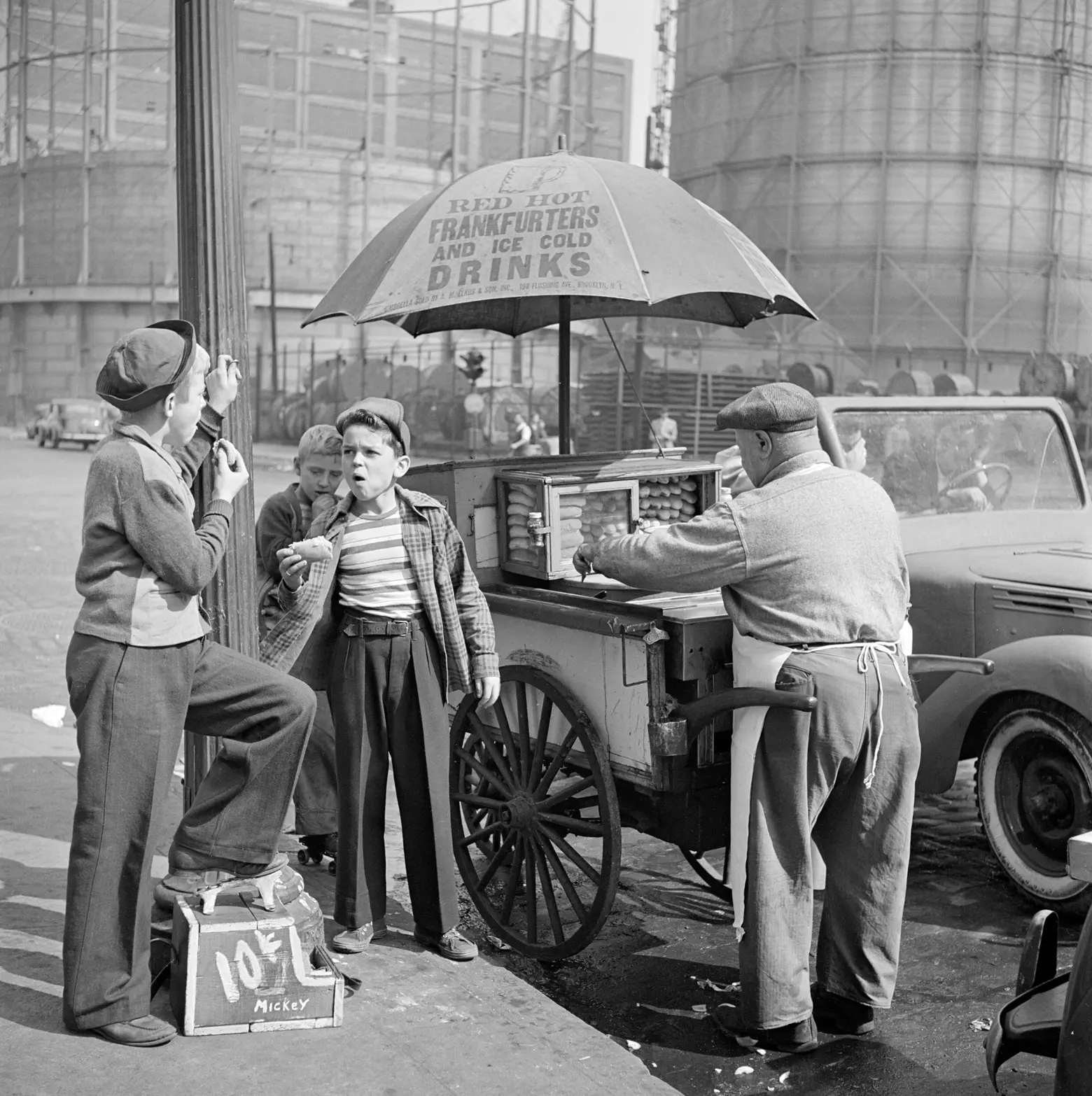 Stanley Kubrick, from unpublished assignment “Shoeshine Boy,” 1947
Stanley Kubrick, from unpublished assignment “Shoeshine Boy,” 1947
As 6sqft previously reported:
Kubrick started out as an apprentice photographer for LOOK in 1946 and then shortly after was promoted to full-time staff photographer. During his stint at the magazine he became known for his story-telling in photographs. His residency lasted until 1950, and from there Kubrick went on to dabble in filmmaking.
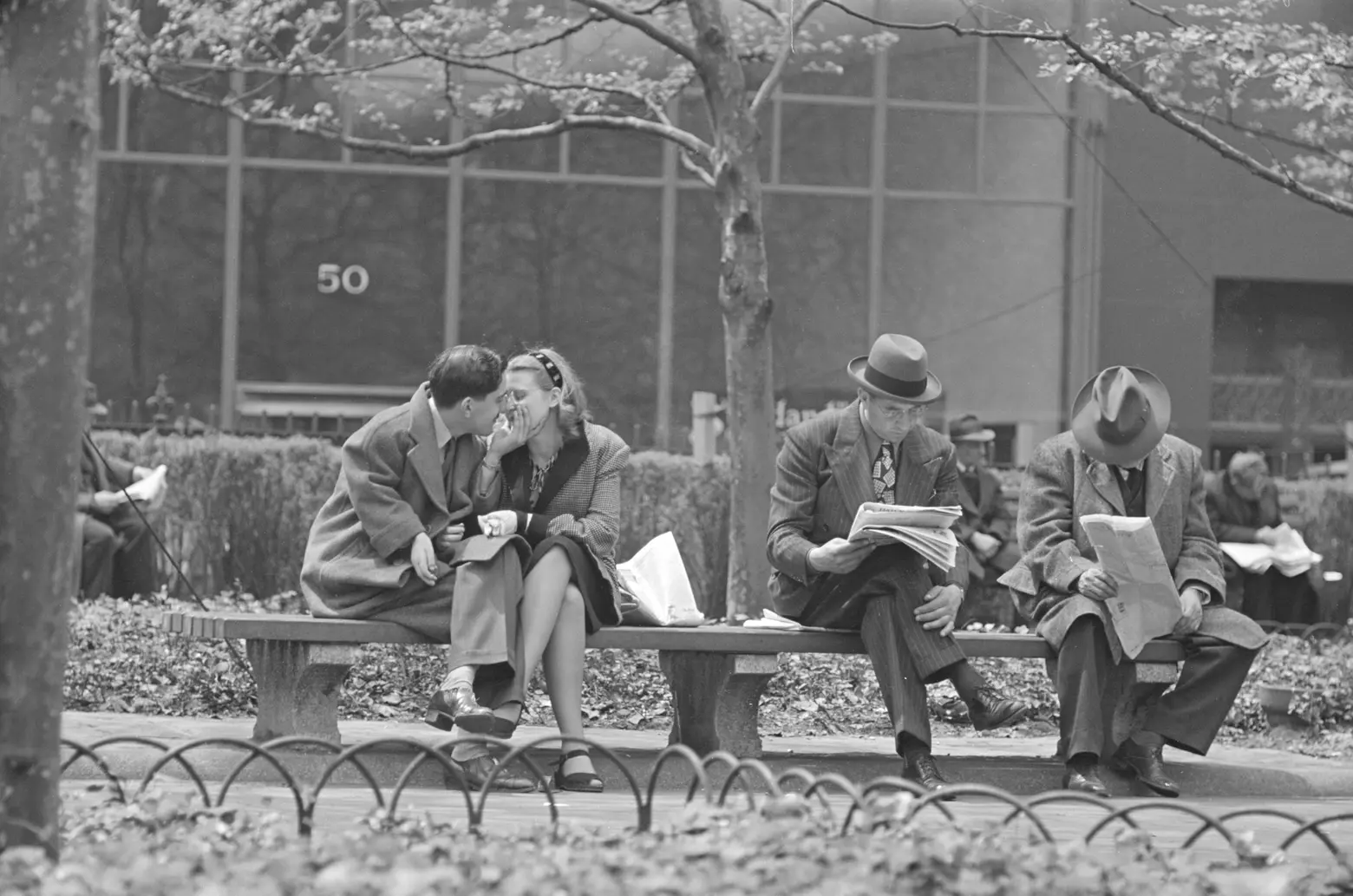 Stanley Kubrick, from “Park Benches: Love is Everywhere,” 1946
Stanley Kubrick, from “Park Benches: Love is Everywhere,” 1946
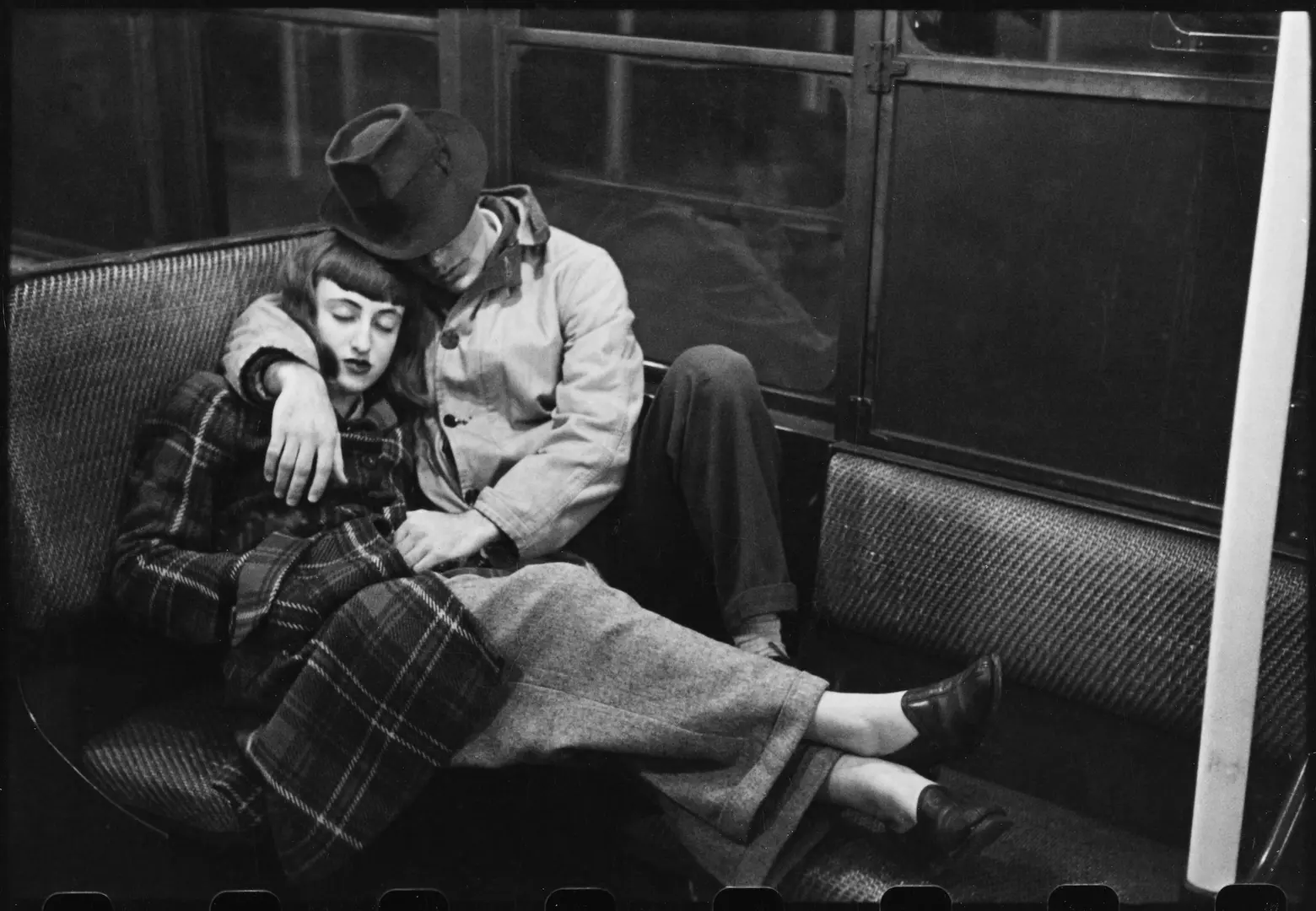 Stanley Kubrick, From “Life and Love on the New York City Subway,” 1947
Stanley Kubrick, From “Life and Love on the New York City Subway,” 1947
MCNY explains that Kubrick’s time behind the lens taught him to be “an acute observer of human interactions and to tell stories through images in dynamic narrative sequences.”
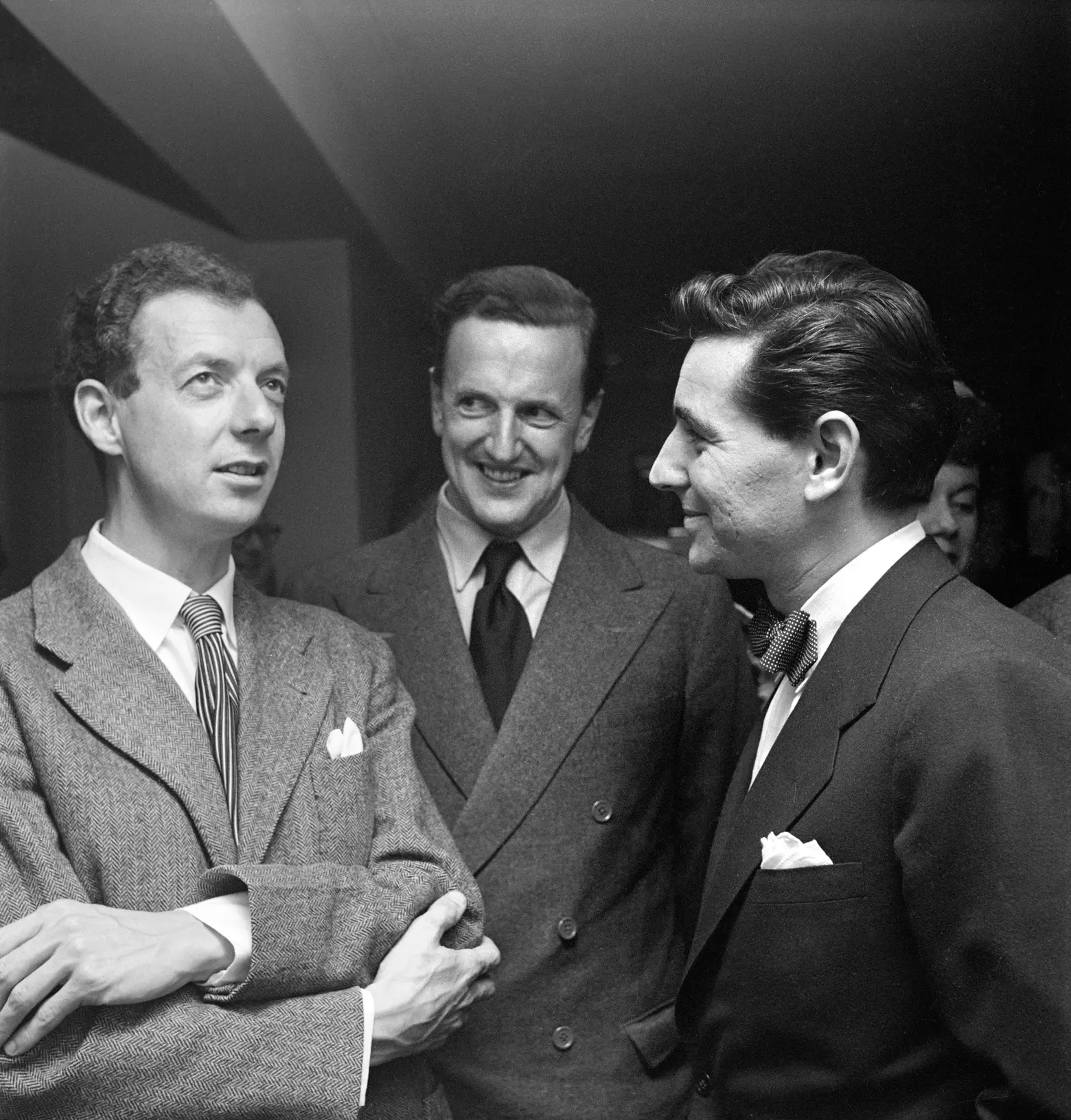 Stanley Kubrick, From “Leonard Bernstein,” 1950
Stanley Kubrick, From “Leonard Bernstein,” 1950
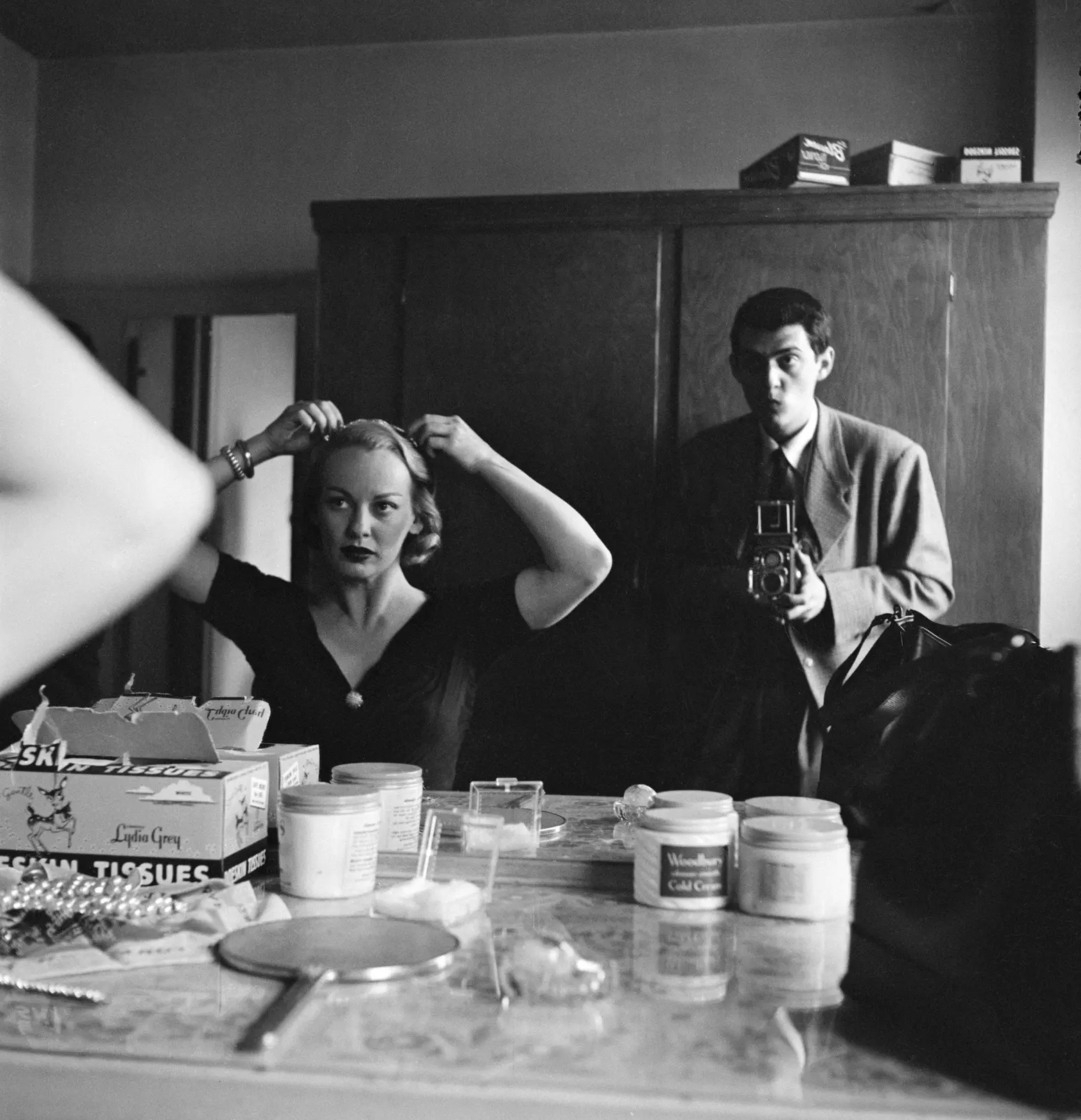 Stanley Kubrick, Stanley Kubrick with Faye Emerson from “Faye Emerson: Young Lady in a Hurry,” 1950
Stanley Kubrick, Stanley Kubrick with Faye Emerson from “Faye Emerson: Young Lady in a Hurry,” 1950
Exhibit curators Donald Albrecht and Sean Corcoran were most intrigued by the fact that he was just 17 when he began. He “matured so quickly into a seasoned photographer of long-form narrative stories, like ‘Shoeshine Boy’ and ‘Life and Love on the New York City Subway,’ which was published in 1947,” they told us.
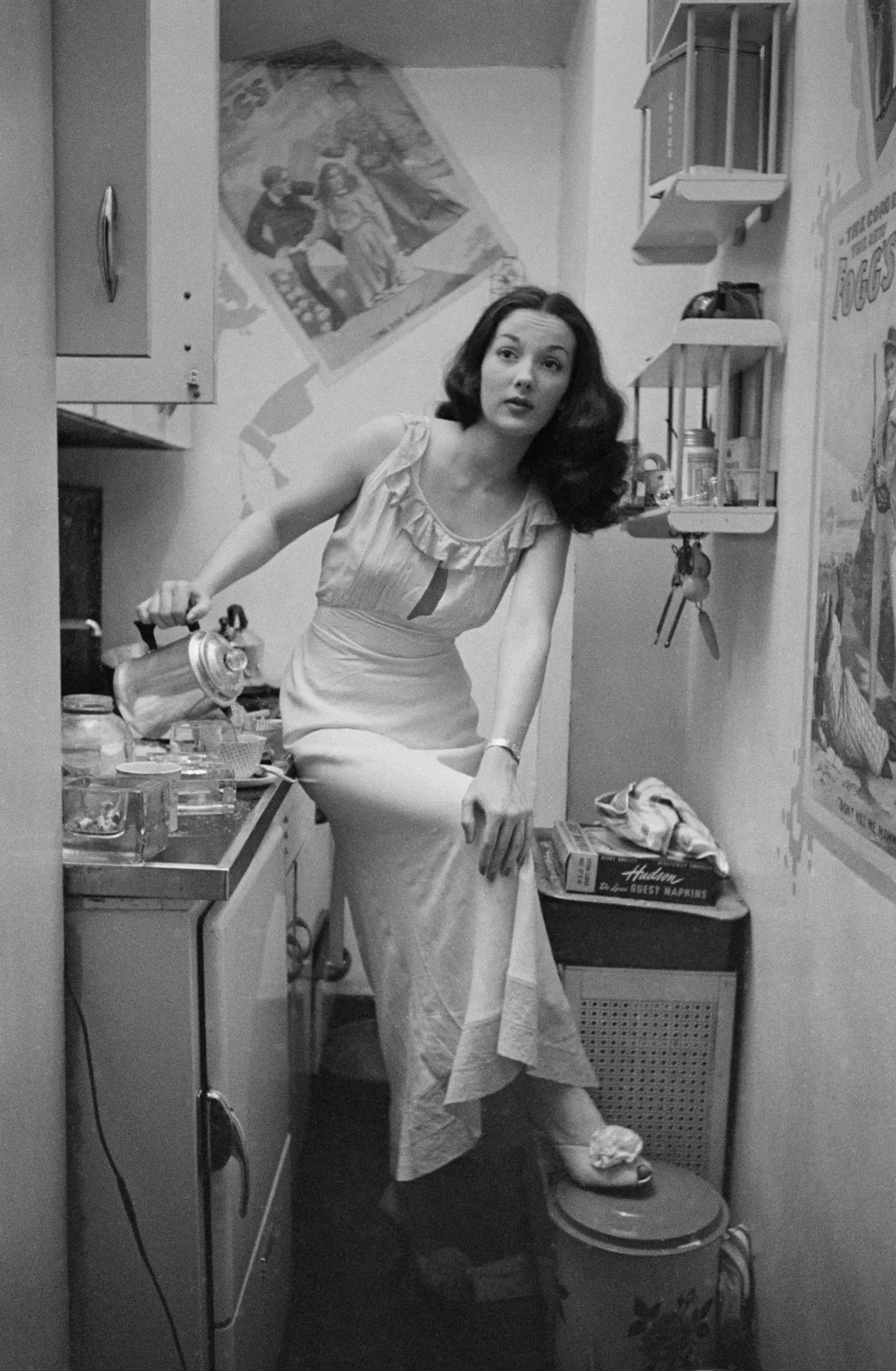 Stanley Kubrick, from “Rosemary Williams – Showgirl,” 1948
Stanley Kubrick, from “Rosemary Williams – Showgirl,” 1948
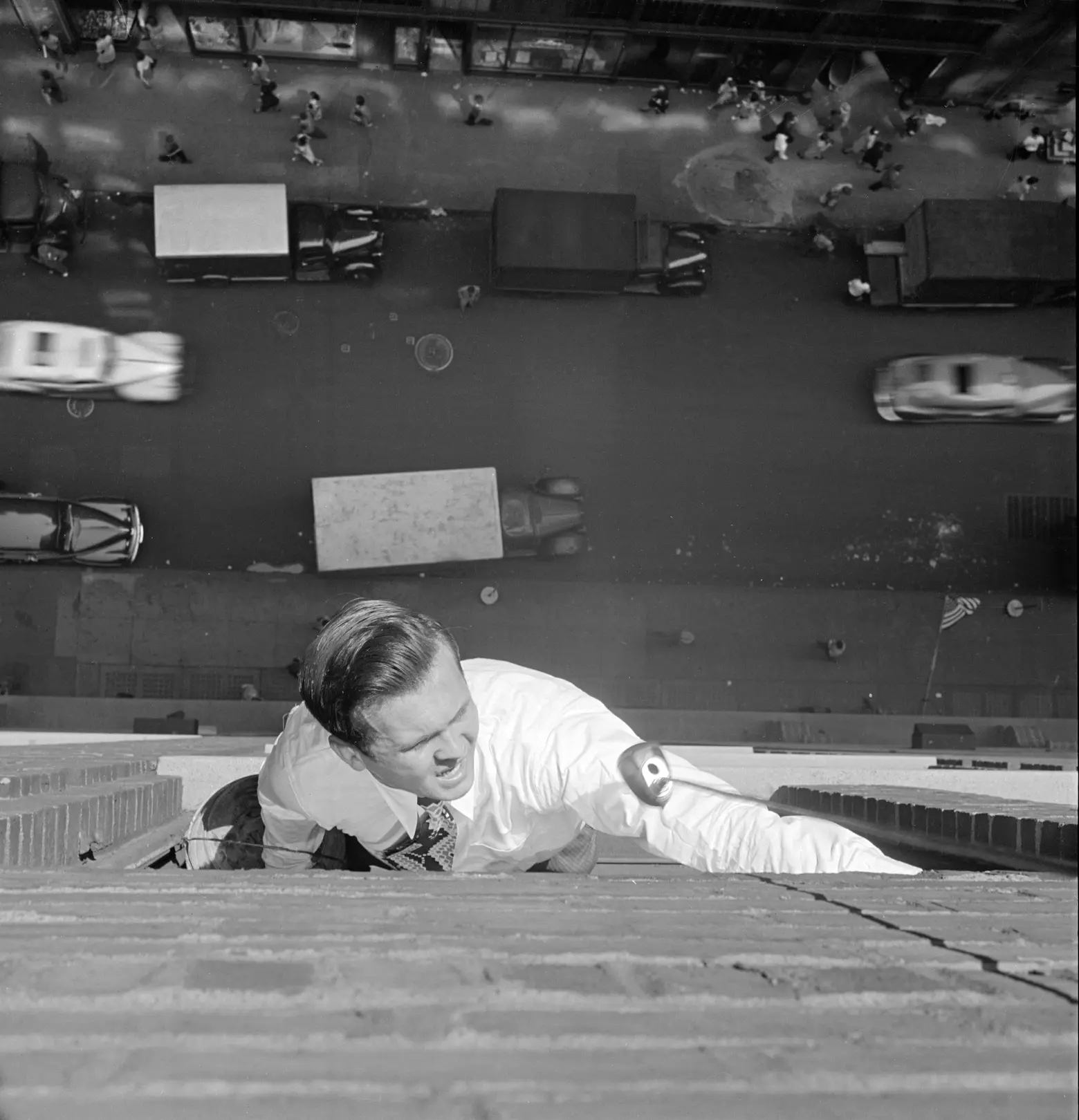 Stanley Kubrick, From “Johnny on the Spot: His Recorded Adventures Mirror the New York Scene,” 1946
Stanley Kubrick, From “Johnny on the Spot: His Recorded Adventures Mirror the New York Scene,” 1946
The photographs on display in the exhibit are part of the museum’s extensive LOOK archive. They include views of everything from nightclubs to ordinary street scenes to sporting events. Because many of them have never been published, viewers are able to see Kubrick’s “personal interests and preoccupations, such as the bizarre and hyper-masculinity,” explain Albrecht and Corcoran.
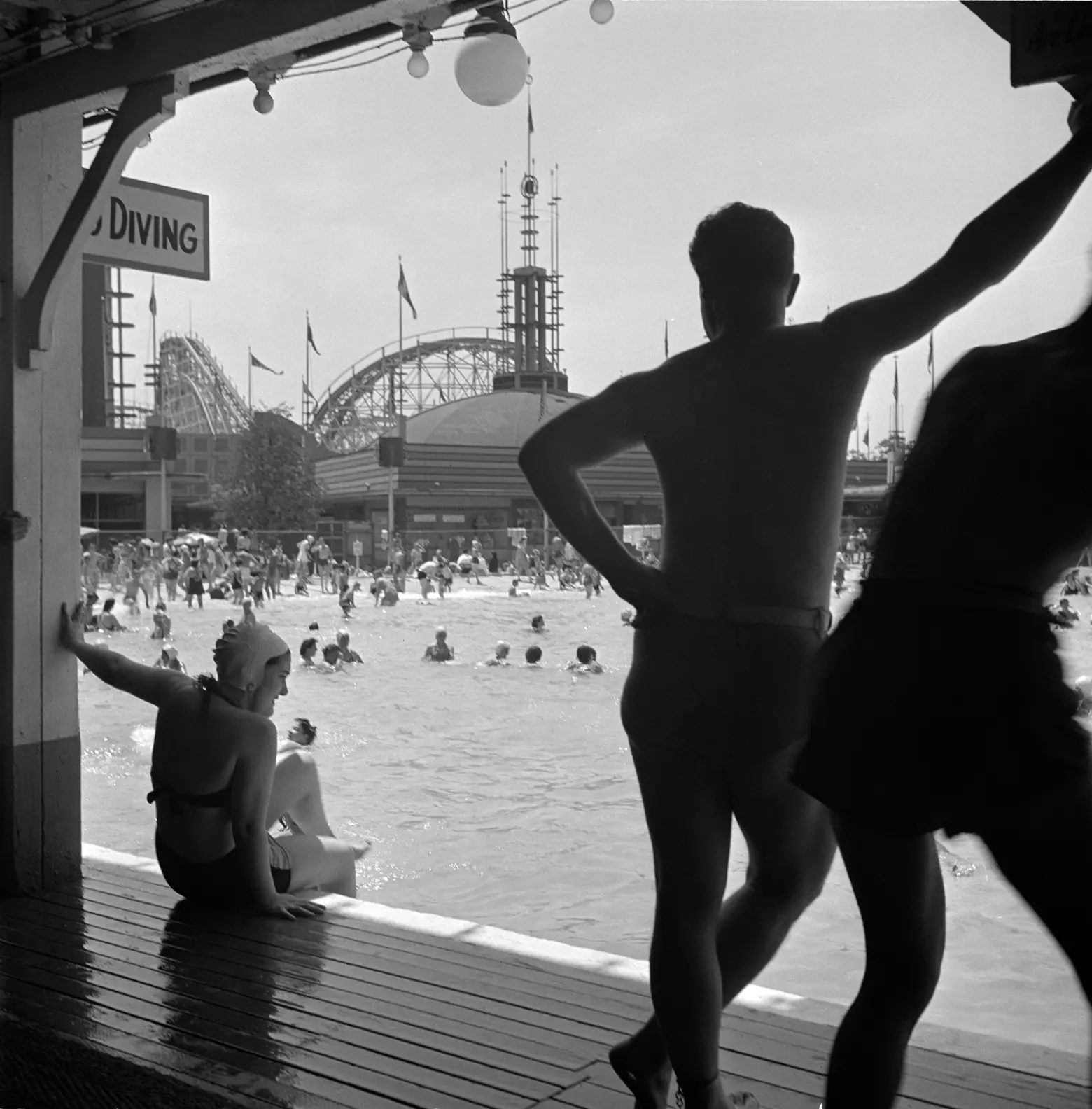
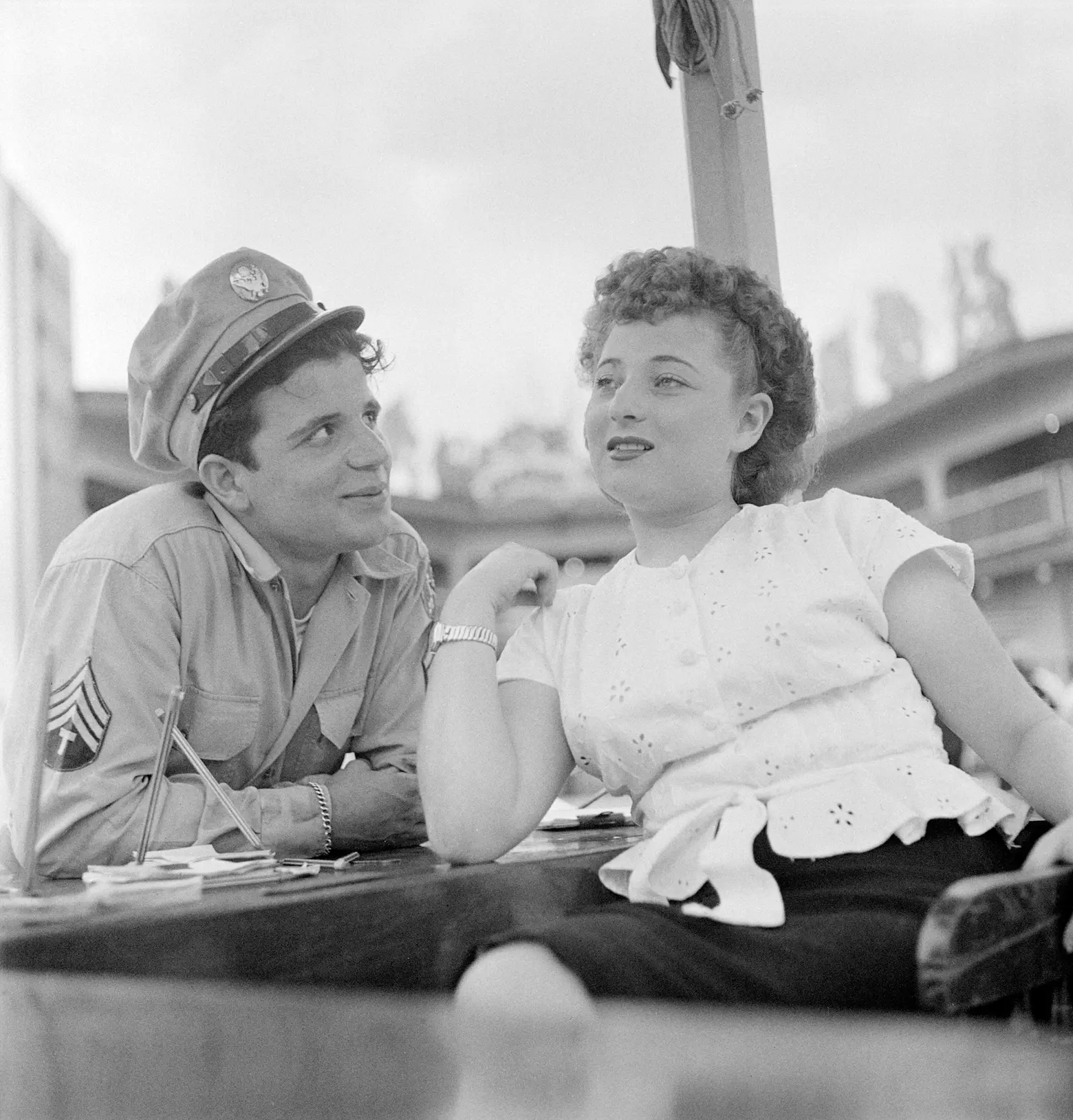 Stanley Kubrick, from “Fun at an Amusement Park: LOOK Visits Palisades Park,” 1947
Stanley Kubrick, from “Fun at an Amusement Park: LOOK Visits Palisades Park,” 1947
The show begins by introducing the key themes in Kubrick’s early work that reappear throughout his career. It then provides a chronological look at his LOOK assignments. The culmination is “an examination of the direct connection between Kubrick the photographer and Kubrick the director.” Near the end of his time at the magazine, Kubrick shot two feature layouts on the boxers Rocky Graziano and Walter Cartier. His later film “The Day of the Fight” was centered on Cartier, and the LOOK photos even became the movie’s storyboard.
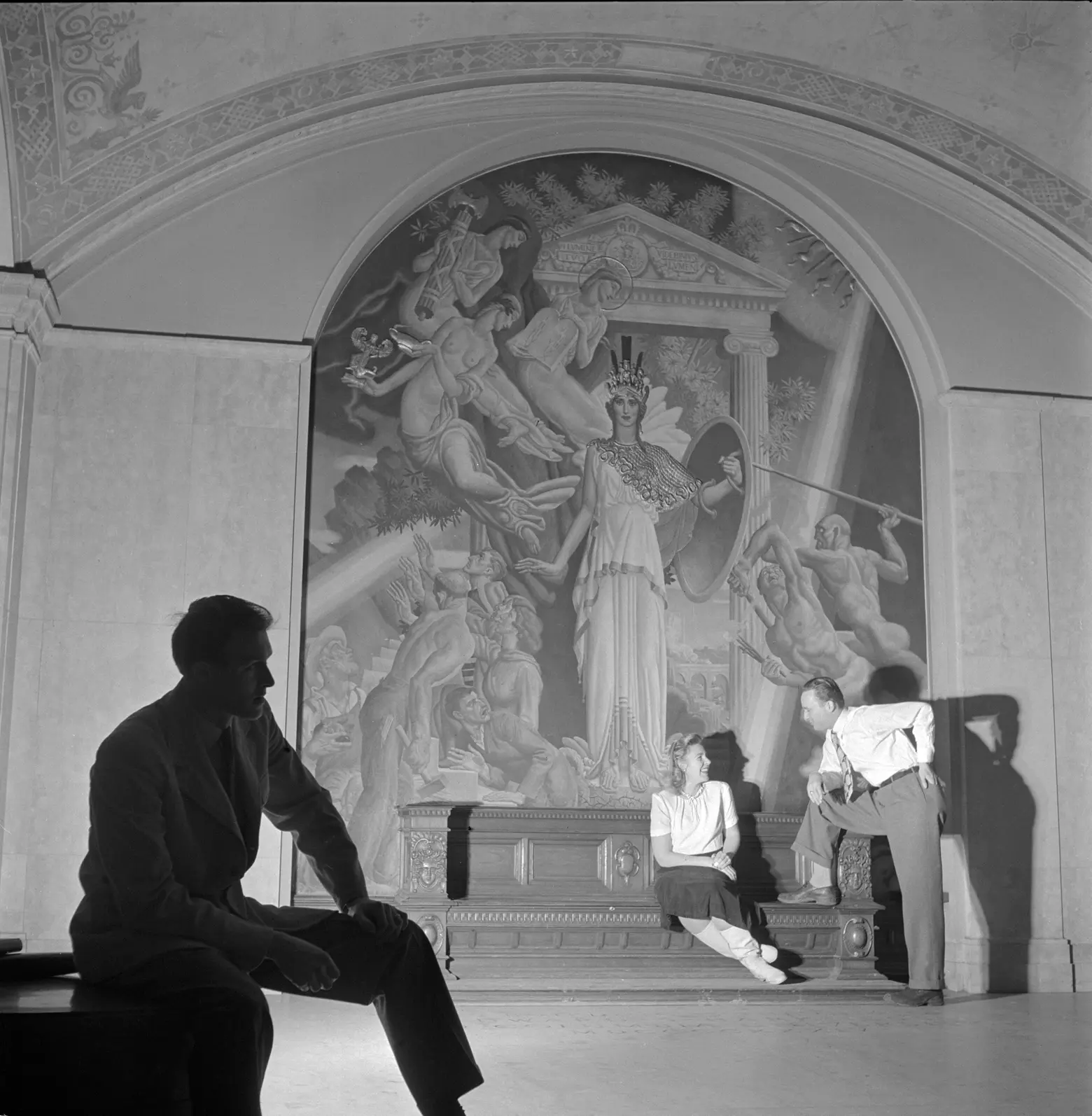
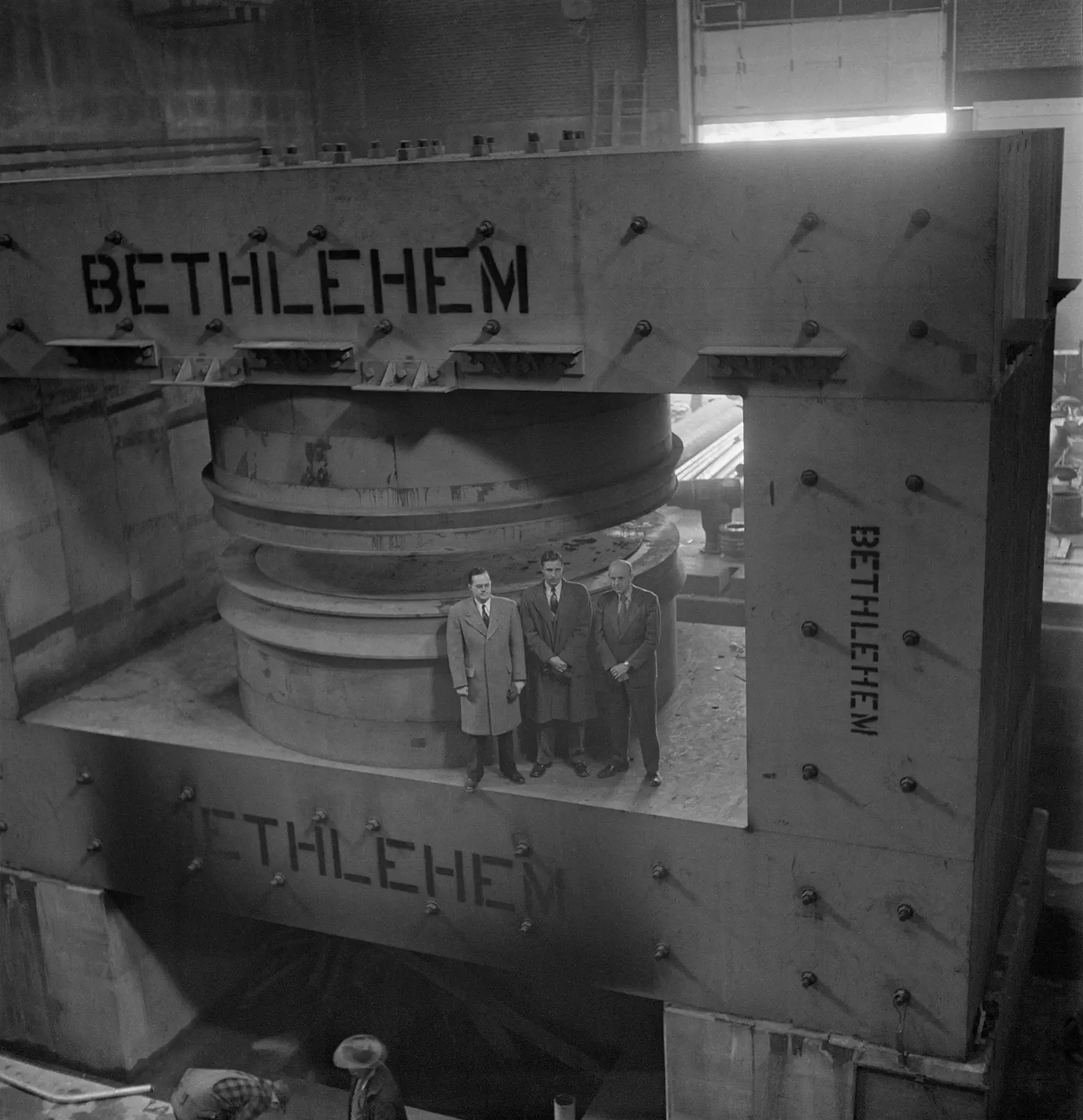 Stanley Kubrick, From “Columbia University,” 1948
Stanley Kubrick, From “Columbia University,” 1948
Though Albrecht and Corcoran weren’t able to choose a favorite photo, they say that they hope visitors will take with them “Kubrick’s precociousness and how the photos lay the foundation to the career of a great film artist.”
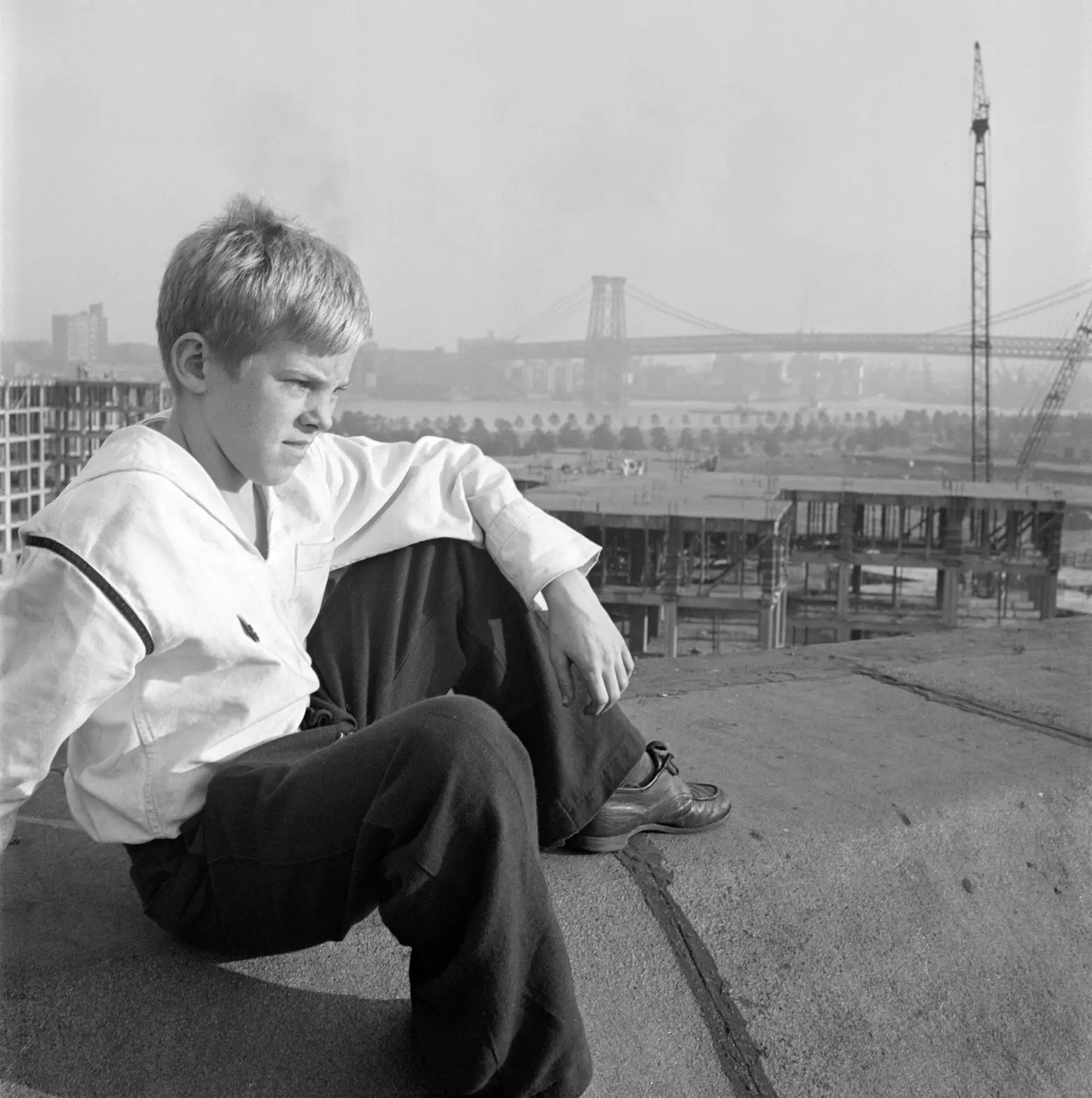 Stanley Kubrick, from unpublished assignment “Shoeshine Boy,” 1947
Stanley Kubrick, from unpublished assignment “Shoeshine Boy,” 1947
Through a Different Lens: Stanley Kubrick Photographs opens to the public on May 3rd and will be on view through October.
RELATED:
- See New York’s Subway Through the Eyes of a 17-Year-Old Stanley Kubrick (Photos)
- The Urban Lens: Explore the whimsical photography of Todd Webb with former LIFE editor Bill Shapiro
- The Urban Lens: Sid Kaplan shares historic photos of the Third Avenue El coming down
All photos © Museum of the City of New York/SK Film Archive, LLC, via Stanley Kubrick
